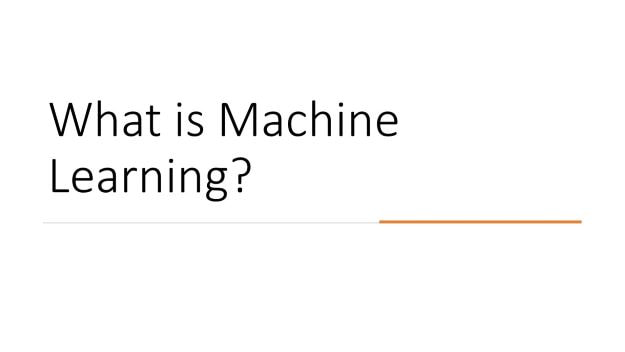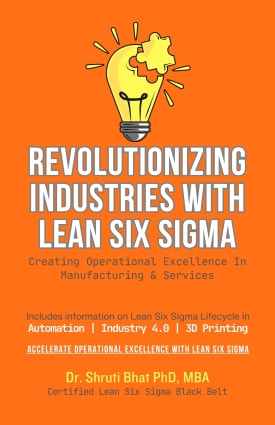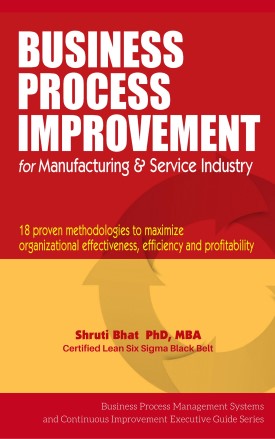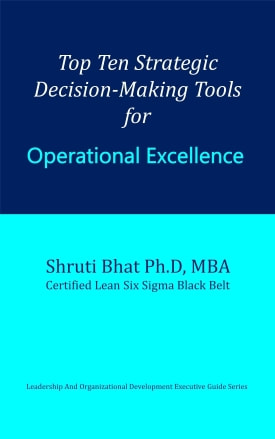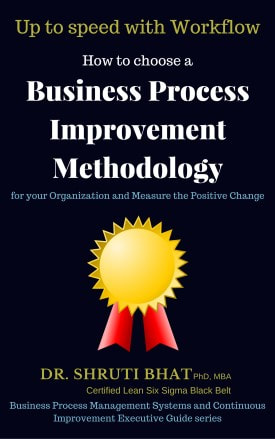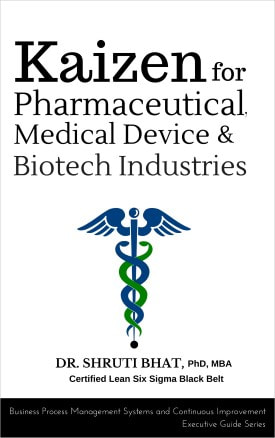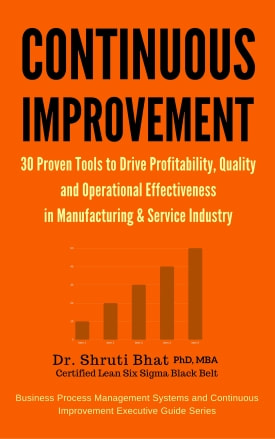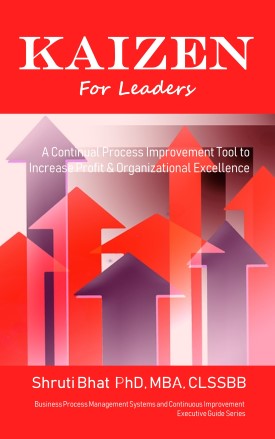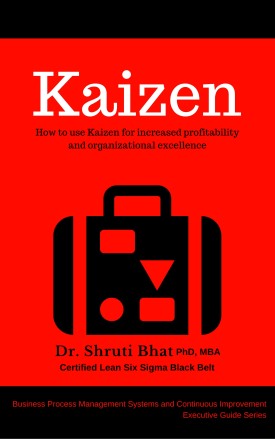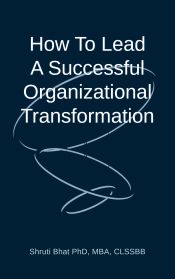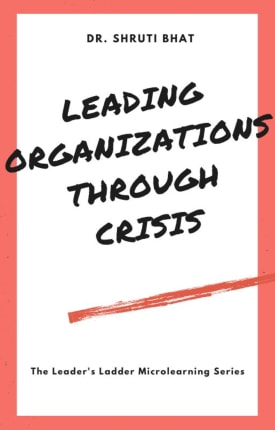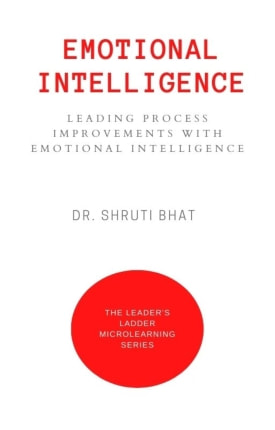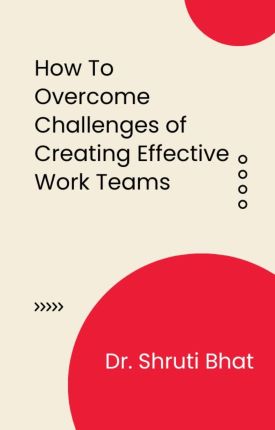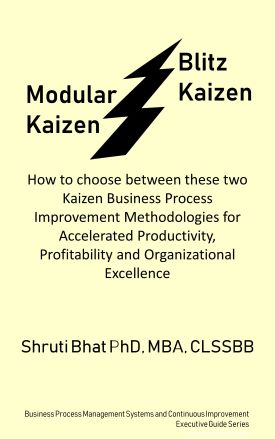When applied to sales and marketing processes, automation can exponentially improve customer engagement and customer satisfaction leading to higher sales. Done correctly and efficiently, it also increases operational excellence and profitability.
Using chatbots has gained popularity as a tool for automating customer-company interactions for providing 24x7 service, so customers can get correct replies at the soonest. However, effectively integrating chatbots technology into your company’s sales and marketing as well as IT processes is very important for it to bring-on desired returns. Therefore, organizational decision-making must be aligned with customer service chatbot strategies.
How to align decision-making with customer service chatbot strategies:
For aligning decision-making with customer service chatbot strategies, you must start with gathering VOC (voice of customer) data such as needs and wants of customers.
Then use data analytics to evaluate and track customer data, which in turn becomes the input for chatbots to learn and adapt. The chatbots must be programmed with comprehensive subject knowledge and integrated with AI so that they can offer clear, concise, and personalized response while interacting with customers. Also, the chatbots must be regularly updated with advances in subject matter and customer service trends to keep it relevant.
A point to note is that balance must be maintained between automated and human assistance offered to customers. Lastly, but not the least, ensure that chatbots escalate complex issues to human agents efficiently.
For more information on machine learning and how to use machine learning to increase your organization's operational excellence, checkout my blogpost what is machine learning.
Related Reading:
- Up to speed with workflow- How to choose business process improvement methodology for your organization and measure the positive change.
- How to cut costs strategically using Kaizen
- Streamline processes and workflows with Gemba Walk.
- Top Ten Strategic Decision-Making Tools for Operational Excellence
Follow Shruti on Twitter, YouTube, LinkedIn
Keywords and Tags:
#operationalexcellence #AI #artificialintelligence #strategicplanning #machinelearning #chatbotstrategies #customersatisfaction #customerengagement #processimprovement #customerservice


